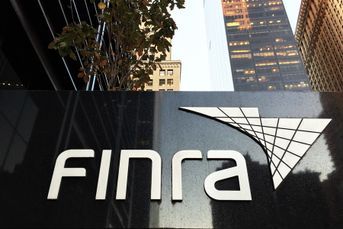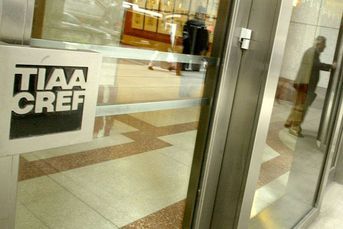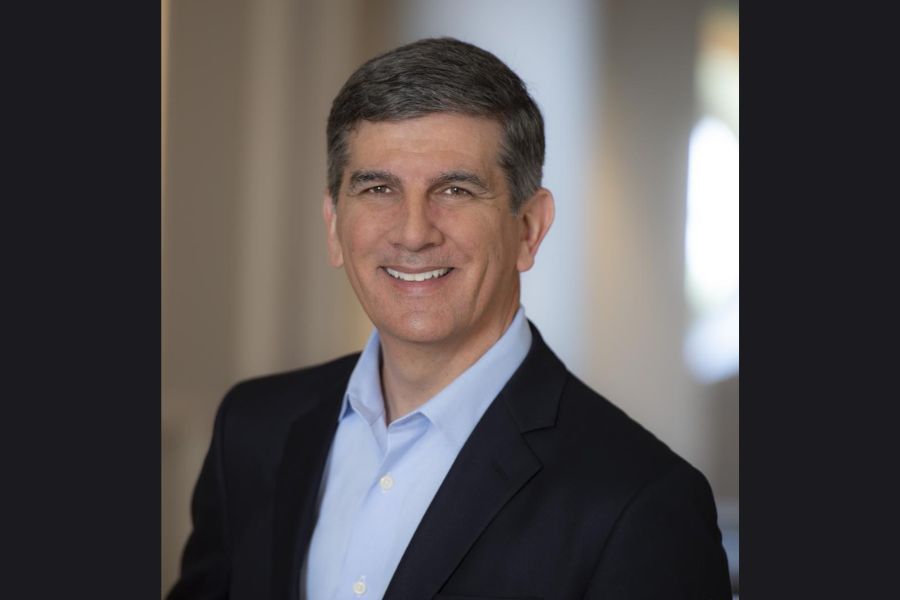Is technology helping advisers assess risk?
Technology promises better risk profiling, but is it helping advisers?
One of the many lessons advisers learned from the 2008 market crash was how poorly aligned portfolios were with clients’ appetite for losses.
In the decade since, entrepreneurs have tried to address the gap with technology, promising to replace subjective rules-of-thumb and demographic stereotypes with an analytical, data-driven approach to determining an investor’s risk tolerance.
The idea is that if an adviser can better understand a client’s willingness to take on investment risk, the client is better prepared to react to market downturns and less likely to withdraw an investment.
But is the technology delivering on that promise, or is it just a fancy new package for the same old methods, with the same old problems?
It might be too early to tell, said Scott Smith, the director of advice relationships at research firm Cerulli Associates. Without a true bear market, it’s hard to know for sure if the digital risk assessments will result in different client behaviors than the old methods.
“We happen to be in a utopia period right now, we don’t have too many people that are all that weary,” Mr. Smith said. “We’ll find out if they are more effective if, and when, anything really dramatic happens.”
Amy Hubble, the principle investment adviser at Radix Financial, said this remains a concern of hers despite an explosion in new technology options for assessing risk.
“Issues with validity and reliability of these questionnaires are worrisome though, since most have not endured a recession to test if they accurately reflect an investor’s risk preferences or how they will actually behave in a downturn,” Ms. Hubble said.
(More: Dealmakers financing top adviser technology)
A bigger problem is with adoption. Many firms still rely on flawed semantics (everyone has a different meaning for words like “aggressive” or “moderate,”) or processes that don’t account for emotional and cognitive biases, Mr. Smith said.
For advisers who have been running their firm for 20 years, adopting a new method for analytically assessing risk tolerance just isn’t part of their practice.
“They most likely are not going to adopt a tool that just came out a few years ago if they are only going to do this for a few more years,” Mr. Smith said. “You can’t teach an old horse new tricks in every case.”
According to Cerulli’s research, there is still a gap between investors’ risk aversion and how advisers construct portfolios to meet long-term financial goals. Fewer than 10% of all investors classify themselves as “aggressive.” That number drops to just 4% among investors who work with advisers.
Bridging this gap is one of the biggest challenges for advisers, and disagreements over the risk in a portfolio is one of the most common causes of formal complaints from clients. The modern technology on the market isn’t just good for educating and communicating with clients about risk, it also documents the process and protect against possible litigation, Mr. Smith said.
“If the client feels better and you have less lawsuits, that’s a win in the short term,” he said.
Robert DeHollander, a principle at DeHollander & Janse Financial Group, said his firm relied on a self-created risk questionnaire for years, but noticed that client behaviors would often deviate from their stated risk tolerance at the top and bottom of markets.
“Clients were making mistakes at both extremes,” he said, saying he first saw the effects in the early 2000s following the dotcom bubble.
“Clients wanted big growth, especially before the bubble popped, but when they saw three years in a row of negative returns, they didn’t have the stomach for it.”
Now Mr. DeHollander uses Riskalyze, one of the largest risk assessment technologies on the market, to have talks with clients about risk when markets are normal and emotions aren’t a factor.
(More: Fintech looks to the future of financial advice at T3)
During recent volatility, he said he barely got a single phone call.
What’s been most helpful, is being able to visually and interactively show clients how their portfolio can perform in both good and bad markets, Mr. DeHollander said.
“It’s one thing to say, ‘I don’t want to lose more than 15%.” It’s another to show that the way a portfolio is built would have lost 15% in the last bear markets, and ask if that’s acceptable,” he said.
Ms. Hubble said she’s had good experiences with both Riskalzye and Finametrica, but is now in the process of transitioning to DataPoints, which she said focuses on personality traits that may contribute to poor risk exposure and gives advisers specific action items to work through with clients. However, she said the tools shouldn’t be used in isolation to determine asset allocation, but should be a part of the client’s overall goals, time horizon, liquidity needs and capacity.
“Point is, no one questionnaire should ever be used in isolation to determine an asset allocation when working with a fiduciary adviser,” Ms. Hubble said.
Not every adviser is convinced.
J.D. Bruce, the president of Abacus Wealth Partners, said his firm has experimented with several risk assessment tools, but hasn’t adopted any on the market. They were good conversation starters, but none of the current technologies are as good as an adviser’s judgement, he said.
Learn more about reprints and licensing for this article.








